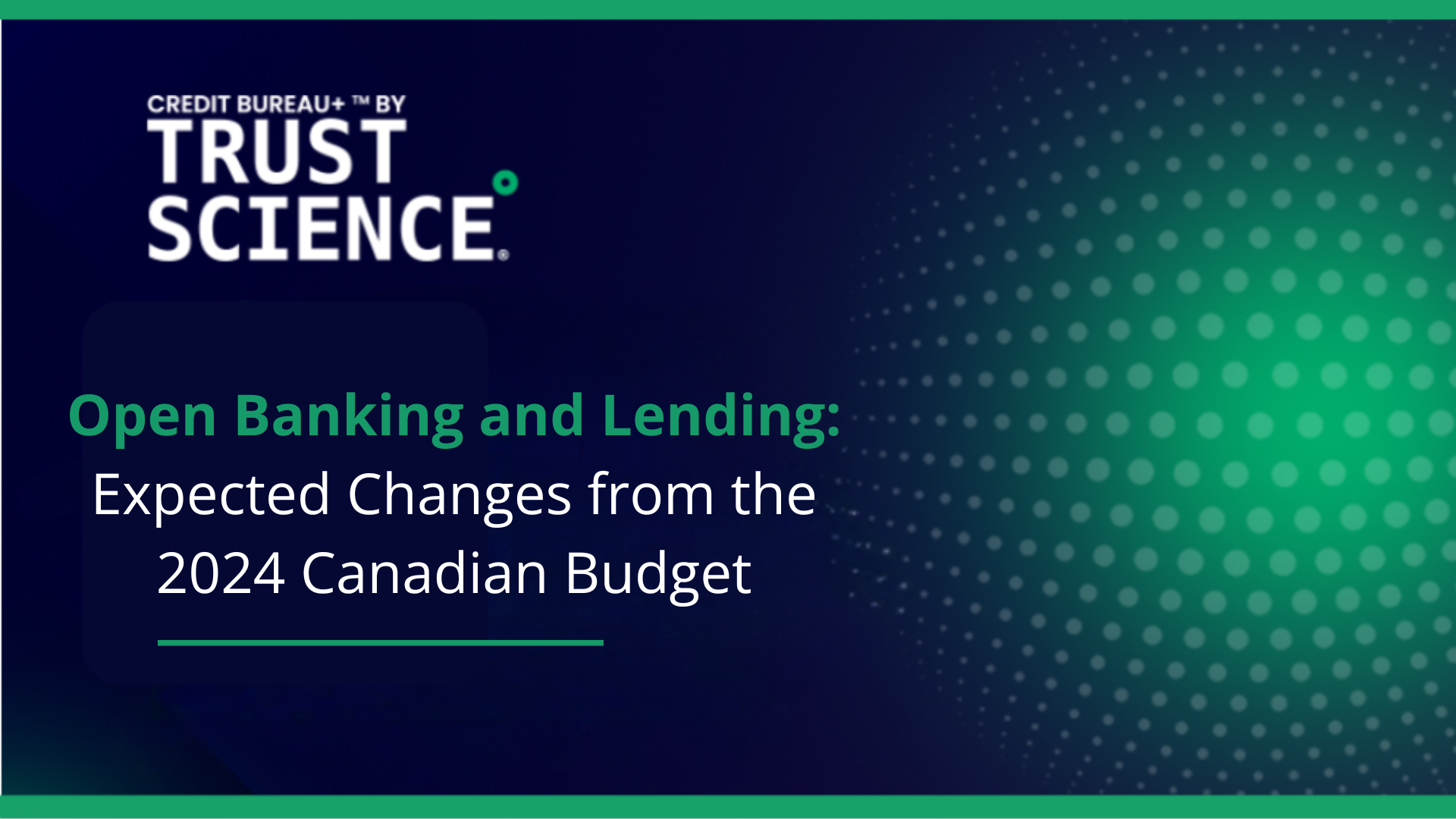Designed to provide a neutral comparative estimate of a borrower’s creditworthiness, credit scores play a pivotal role in determining access to wealth, housing, and job opportunities. However, systemic challenges have some groups slipping between the cracks of conventional credit.
Credit Scoring: The Basics
Prior to the modern credit scoring system, lenders deemed borrowers creditworthy by evaluating their income, marital status, ethnic background, credit history, and age.
Credit scoring was revolutionized in 1956 when Fair, Isaac, and Company (FICO) was established by Bill Fair and Earl Isaac. They developed a system that used statistical models to generate credit scores, ostensibly eliminating the subjectivity associated with the previous credit scoring models. While these advancements made credit scoring more objective and widespread, they also brought about new limitations that are still in place today.
There are 5 core metrics of traditional credit scoring systems:
- Payment History (35%): whether you’ve paid your bills on time
- Amounts Owed (30%): the total amount of debt you have & your credit utilization rate
- Length of Credit History (15%): the average age of your credit accounts
- New Credit (10%): the number of credit accounts you’ve opened recently and how many “hard inquiries” lenders have made in the past year
- Credit Mix (10%): the types of different credit accounts you have
The Shortcomings of Conventional Credit
While not explicitly biased, this data may be influenced by generational wealth that is disproportionately distributed. Redlining—denying people access to credit because they live in a certain neighborhood—has made financial services like mortgages unattainable for some groups in the past, impeding the process of buying a home.
The Equal Credit Opportunity Act outlawed redlining in 1974, but because wealth is passed down through homeownership, its legacy persists. Marginalized groups are still more likely to rent rather than own property, resulting in sparse or negative credit histories because rental payments, unlike mortgage payments, are not considered in conventional credit scoring models. As such, FICO data points like payment history and credit length may reflect—and continue to perpetuate—longstanding disparities in wealth-generating opportunities.
Moving Towards a Fair and Inclusive Scoring System
Alternative credit scoring uses non-traditional data sources like rent and utility payments, phone bills, and bank transactions. These methods aim to provide a more holistic assessment of an individual’s creditworthiness by minimizing the reliance on potentially biased or limited data sources. Alternative credit scoring can make credit more inclusive, accurate, adaptable, and accessible.
Approximately 1 in 5 Americans are Invisible Prime™ borrowers, unable to be assessed accurately by conventional credit scoring models, representing over $100 billion dollars in unallocated capital. Trust Science leverages thousands of data points from traditional, alternative, and proprietary sources on a powerful explainable AI and ML platform to help lenders stop missing deserving borrowers.





